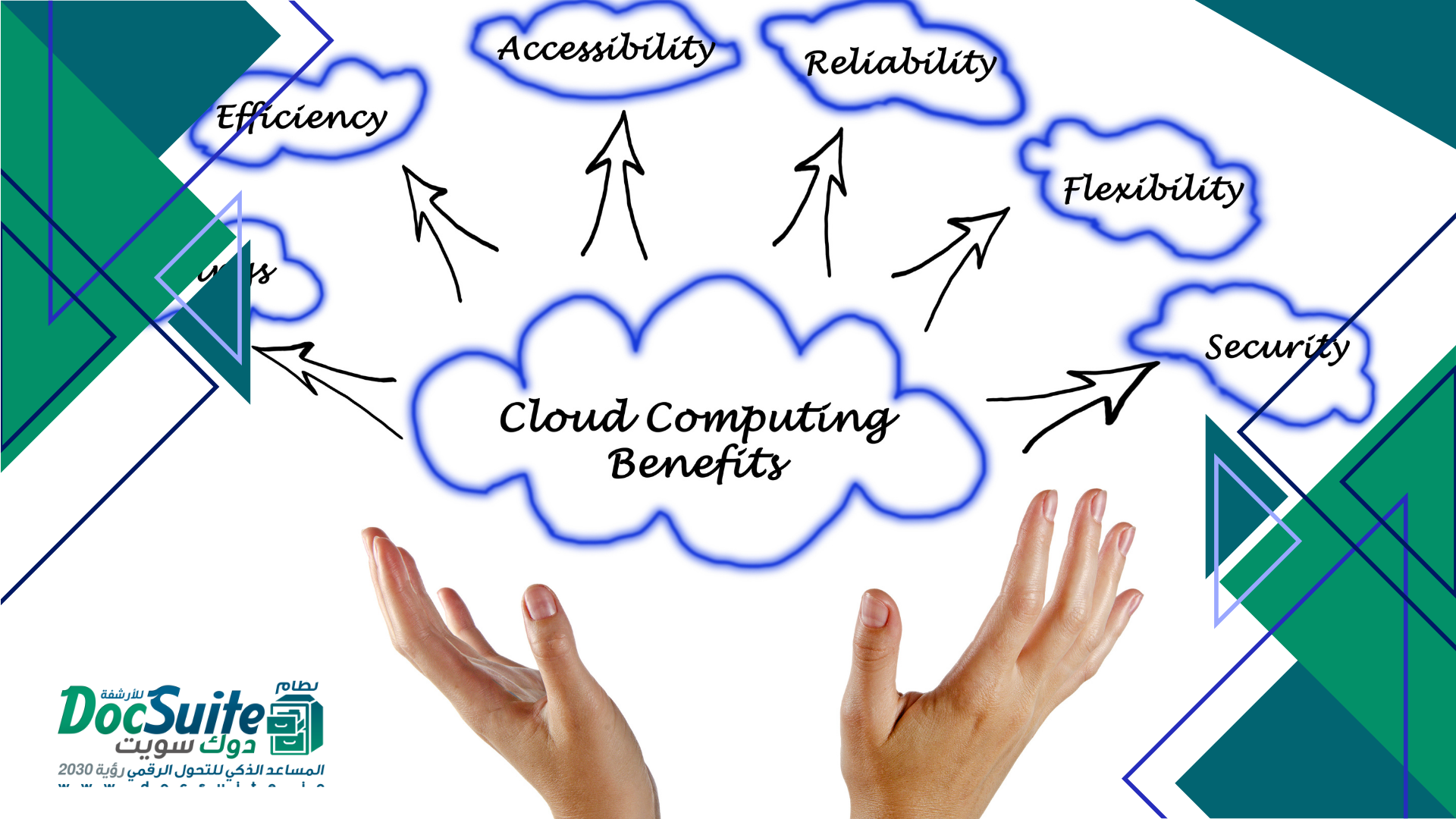Concept of Benefits Management
Benefits management is the process of planning and implementing strategies and programs to improve and enhance the employee experience within an organization. It aims to make the work environment more attractive and encouraging by providing a range of benefits and advantages to employees.
Here is a deeper understanding of the concept of benefits management:
Vacations and Holidays:
Providing policies for annual leave, sick leave, study leave, and official holidays.
Retirement and Financial Planning:
Offering retirement plans that encourage employees to stay for a long time, in addition to providing educational programs on financial planning.
Training and Professional Development:
Providing opportunities for employees to learn and develop professionally, whether through internal or external training courses, or support programs for higher studies.
Work-Life Balance:
Offering policies and programs that help employees achieve a balance between personal and work life, such as the ability to work from home or flexible working hours.
Rewards and Promotions:
Providing a fair system of rewards and promotions that reflect employees' performance and contributions to the success of the organization.
Social Environment and Company Culture:
Building a positive and supportive work environment that encourages collaboration and innovation, and enhances loyalty to the organization.
Performance Management and Evaluation:
Providing effective performance management systems that periodically assess and guide employee performance.
Benefits management is a crucial element in attracting and retaining talent, as it contributes to increasing employee satisfaction and productivity.

What is the purpose of using benefits management in organizations?
Benefits management in companies is the crucial link between executing successful projects and managing change, ensuring that the efforts made in achieving changes and projects are supported by tangible value and perceived benefits. Here are some points that clarify this link:
Improving Decision-Making:
Benefits management helps companies understand the expected value of proposed projects and changes. By focusing on benefits, companies can determine the desired outcomes and expected advantages of each project or change. This helps in making better decisions regarding resource allocation and prioritization. Through analyzing expected benefits, companies can identify the most strategic investments that will yield the highest return on investment. For example, if a project is expected to provide improvements in productivity or reduce costs, it may be prioritized over other projects. Thus, management acts as a strategic tool that helps companies make the right decisions and achieve their goals more effectively.
Achieving Business Goals:
Human resources management is essential for ensuring maximum value from projects and changes in companies. By identifying key business objectives and ensuring projects align with them, HR management directs efforts and resources towards initiatives that yield the greatest benefit to the company. This enables HR management to help companies make informed decisions about resource allocation and prioritization, enhancing the effective use of resources and achieving company goals more efficiently and successfully.
Improving Risk Management:
Human resources management is a vital element in the success of companies by focusing on benefits. It enables companies to better identify and assess risks, allocate resources appropriately to address these risks, and increase chances of success. For example, HR management can identify risks resulting from skill shortages in the team and implement training programs to develop those skills and enhance employee performance. It also helps manage social risks, such as conflicts within the team or low job satisfaction, by applying strategies to improve communication and build team spirit. Thus, HR management is pivotal in achieving the success and sustainability of companies, ensuring effective project execution and achieving desired goals with minimal risk.
Increasing Team Alignment:
When HR management focuses on achieving benefits, it enhances alignment among team members, promoting cooperation and positive interaction. When employees have a clear understanding of expected benefits and common goals, it becomes easier for them to work harmoniously and direct their efforts towards achieving those goals effectively. Additionally, focusing on benefits management enhances the sense of belonging to the team and builds team spirit. This allows employees to feel responsible and committed to achieving common goals, increasing their motivation and enthusiasm to work collaboratively and exert the necessary efforts. In this positive environment, communication and interaction among team members are enhanced, enabling the organization to achieve sustained success and achieve its goals successfully.
In summary, benefits management helps achieve maximum value from company investments in projects and improve change management by directing efforts and resources towards achieving desired benefits and business goals.
How does DocSuite help simplify the benefits management process?
In the contemporary business world, HR management is one of the most critical aspects affecting the success and sustainability of companies. Among the prominent aspects of HR management, effective benefits management stands out. Benefits, whether financial or non-financial, are an essential part of the working environment, contributing to achieving company goals, increasing productivity, and employee satisfaction. Managing this process is a continuous challenge for companies, especially with ongoing developments in the job market and changing employee expectations. To facilitate this process, HR management systems like "DocSuite" emerge as vital tools enabling companies to streamline and organize the management process effectively.
DocSuite HR management system helps simplify the benefits management process through the following features:
Payroll Management:
DocSuite's benefits management team diligently handles the payroll process comprehensively, including accurately calculating salaries, considering all factors and allowances affecting them. Additionally, the management ensures timely check issuance according to the specified schedule, guaranteeing precise and timely salary distribution to employees. The management also provides relevant financial reports, including comprehensive analyses of payroll costs and their financial impact on the company. Through these efforts, DocSuite's benefits management ensures a comfortable and favorable working environment for employees, enhancing transparency and efficiency in financial operations.
Attendance and Time Management:
DocSuite provides a comprehensive solution for benefits management, allowing companies to easily and effectively track and manage employee attendance and departure. The system supports the use of advanced fingerprint devices or manual recording for accurate data entry. With the ability to generate reports on absenteeism and tardiness, HR management can evaluate employee performance and take necessary actions efficiently. DocSuite serves as a reliable partner for companies in improving management and increasing work efficiency.
Talent Management and Performance Evaluation:
DocSuite goes beyond benefits management, offering comprehensive solutions for managing talent development activities, including identifying training needs, organizing training courses, and evaluating employee performance. DocSuite's management is also responsible for providing a comfortable and efficient work environment by accurately tracking employee attendance and departure. Performance evaluation tools provided by DocSuite enable HR management to continuously assess employee performance and identify developmental opportunities. Through these integrated efforts, companies can improve benefits management and sustainably develop their employees' capabilities.
Employee Self-Service System:
DocSuite's benefits management offers a dedicated environment for employees, enabling them to manage their personal data easily and efficiently. Employees can request leaves, generate monthly reports, and perform various administrative tasks independently. Using DocSuite, employees can access their personal and professional information quickly and easily, allowing them to update data and make necessary changes without needing assistance from management. This means Employee Self-Service System can manage their personal matters independently, saving time and effort for management and enhancing the flexibility and efficiency of the company's operations.
Onboarding and Offboarding:
DocSuite provides a comprehensive solution for benefits management, supporting the onboarding of new employees and the offboarding of current employees effectively and systematically. The system enables the preparation of necessary documents for new employees, providing required training materials, and organizing orientation meetings to ensure a successful start at the company. Additionally, DocSuite facilitates organized offboarding by providing final certificates and necessary guidance professionally. With these features, companies can rely on DocSuite for comprehensive and effective benefits management, improving employee experience and achieving company goals efficiently.
By using DocSuite, companies can enhance the employee experience and increase the efficiency of HR operations. The system offers robust tools that facilitate reporting and analysis, enabling companies to make strategic decisions based on accurate and reliable data.
In summary, the DocSuite HR management system is a powerful partner for companies in their journey to achieve goals and improve performance. By adopting best practices and modern technology, companies can rely on DocSuite to enhance benefits management and achieve success in daily operations.
